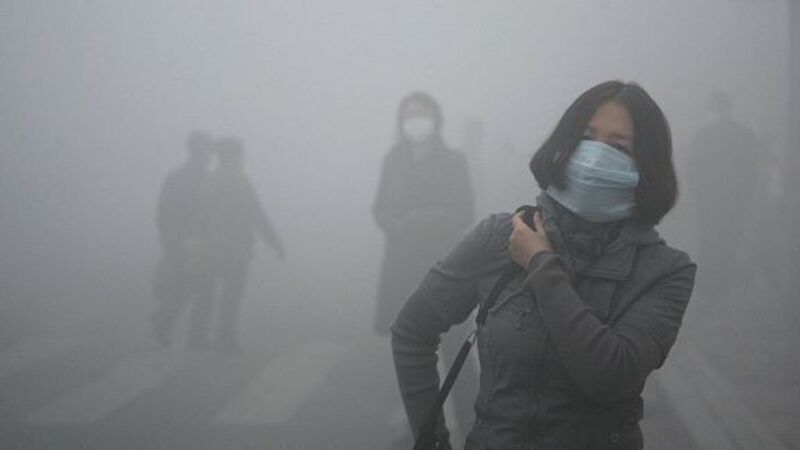Study: 3.3m die annually from air pollution

Scientists in Germany, Cyprus, Saudi Arabia, and Harvard University calculated the most detailed estimates yet of the toll of air pollution, and what caused it. The study projects that if trends don’t change, the yearly death total will have doubled to 6.6m a year by 2050.
The study, published in the journal Nature, showed that three quarters of the deaths are from strokes and heart attacks, said lead author Jos Lelieveld at the Max Planck Institute for Chemistry in Germany.














